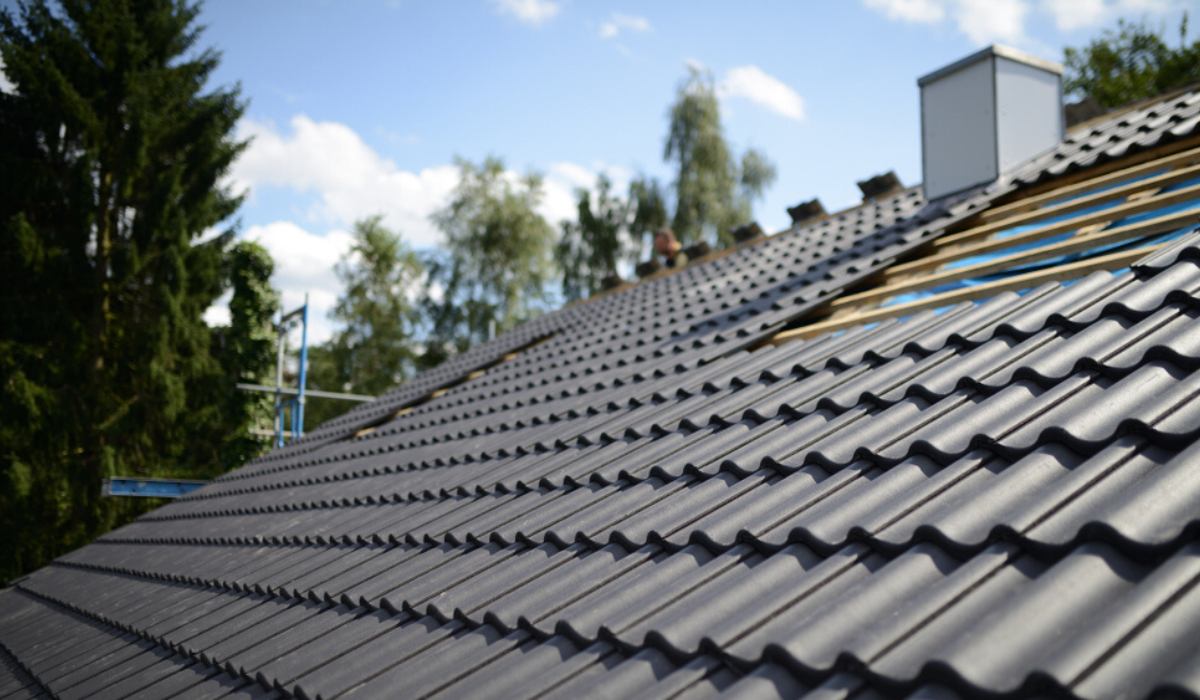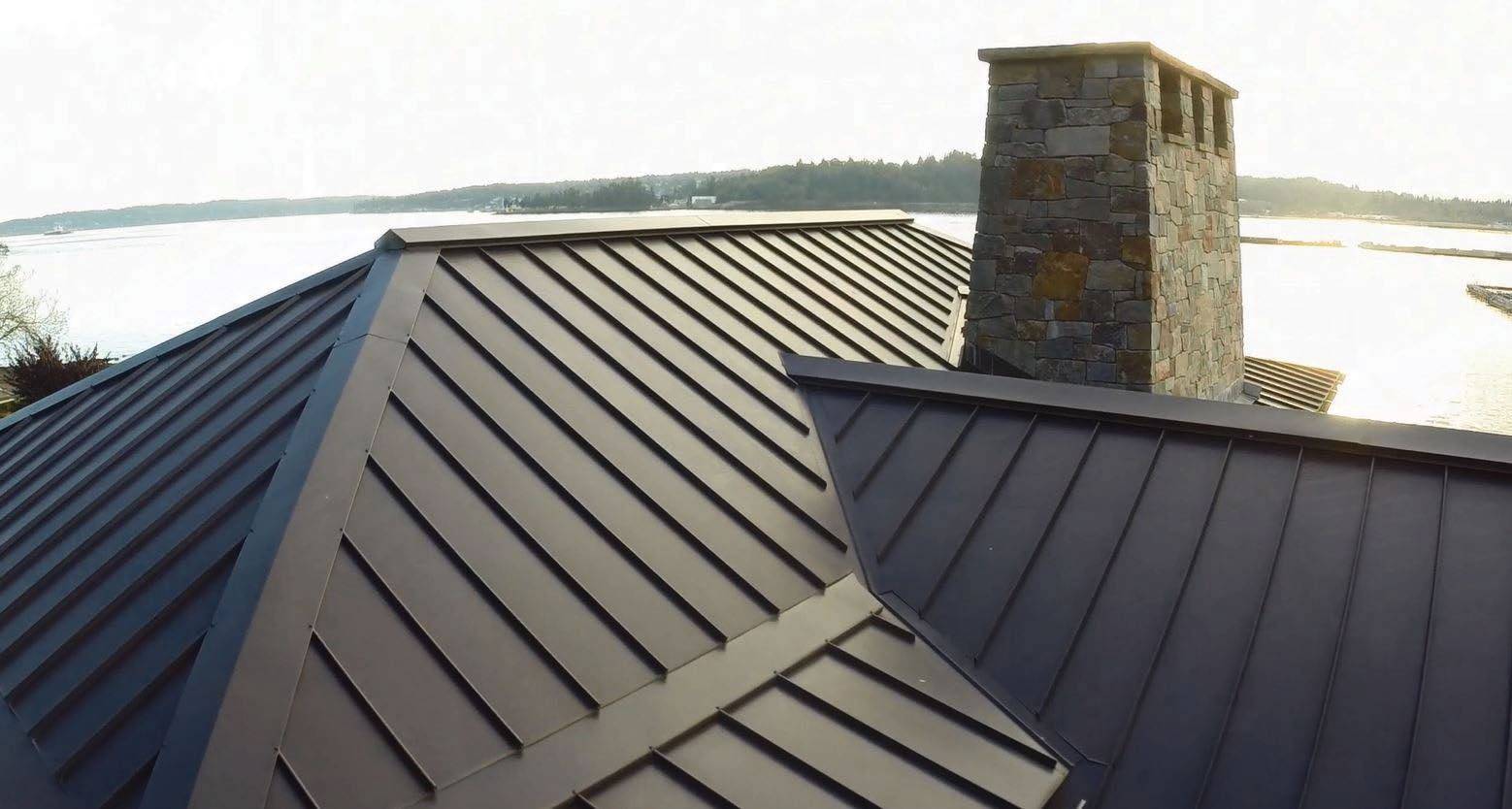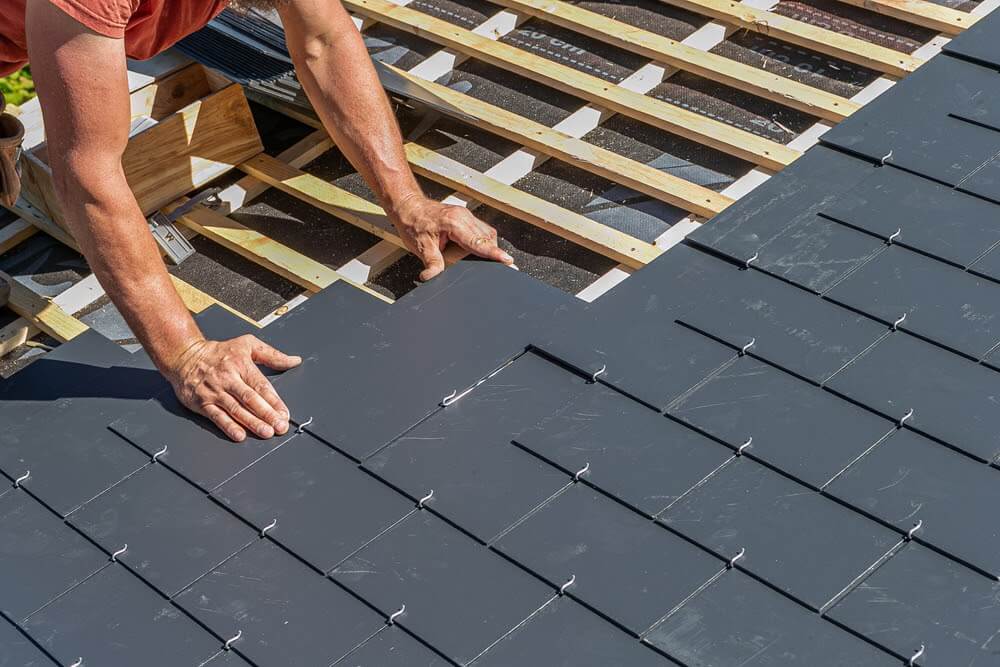Table of Contents

Asphalt Shingles
Asphalt shingles are the most popular
roofing choice, renowned for their cost effectiveness & versatility.
Shingles are a composite material, typically fiberglass or organic material,
saturated with asphalt and then topped with mineral granules. Their
affordability, combined with a decent lifespan of 15 to 30 years and a wide
variety of available styles and colors, makes them a favorite among homeowners.
some of the disadvantages that shingles have is that they have a shorter
lifespan compared to other materials like slate or metal, and less
environmental sustainability. Installation is usually straightforward, but a professional roof
installation is recommended to ensure longevity. Costs can vary, but
homeowners can generally expect to spend less on an asphalt shingle roof than
on many other materials.
Tile Roof

Tile roofs are the most visually striking and durable roofing option in my opinion. Made from materials such as clay, concrete, or slate, they have a long history, with early examples dating back to ancient Greece & Rome. Tile roofs offer significant advantages including impressive longevity because they can last for 50 years or more and the aesthetic appeal can enhance a home’s resale value. However, they also have some downsides, such as a relatively high cost, substantial weight that may require additional structural support, and a more complex installation process that requires professional help. The cost of tile roofing can be significantly higher than some other options; but its durability & lifespan often justify the initial investment.
Metal Roof

Metal roofing is an excellent and long-lasting choice for residential homes because it offers a unique blend of durability, aesthetic appeal, and environmental sustainability. These roof are constructed from a variety of metals like steel, aluminum, copper, or alloy strips. metal roofs are known for their long lifespan of 40-70 years, fire resistance, and energy efficiency, reflecting sunlight instead of absorbing it. However, they do come with a few downsides, such as higher upfront costs and the potential for noise during heavy rain or hail (however some people like this). While installation can be more complex than shingle roofs, proper installation and periodic maintenance can result in a roof that lasts decades. Although the cost is higher than some other options, the long lifespan and energy savings can make this a worthwhile investment.
Slate Roof

Slate roofs have the highest longevity and durability. Made from natural stone, they have a timeless, elegant appearance and can last over 100 years with proper maintenance. The benefits of slate include its fire resistance, eco-friendliness, and ability to withstand harsh climates. However, slate roofs are expensive & heavy, and they require a professional for installation. Homeowners must also ensure that their house can bear the weight of a slate roof. The high cost can be off-putting, but given its lifespan and minimal maintenance, it can be a cost-effective choice over the long term.
Flat TPO Roof
Thermoplastic Olefin (TPO) is a popular
material for flat roofs, particularly on commercial buildings, though it’s also
used in residential roofs very often. TPO roofs are made from a single layer of
synthetics and reinforcing scrim that can be used to cover flat roofs.
Advantages include strong resistance to ultraviolet light and chemical
exposure, energy efficiency due to its reflective properties, & is a more
affordable price compared to other flat roof materials. However, its relatively
short lifespan “about 15-20 years” and the requirement for professional
installation are some disadvantages. The cost of a TPO roof can vary, but it’s
generally considered a cost-effective option for a flat roof material.
